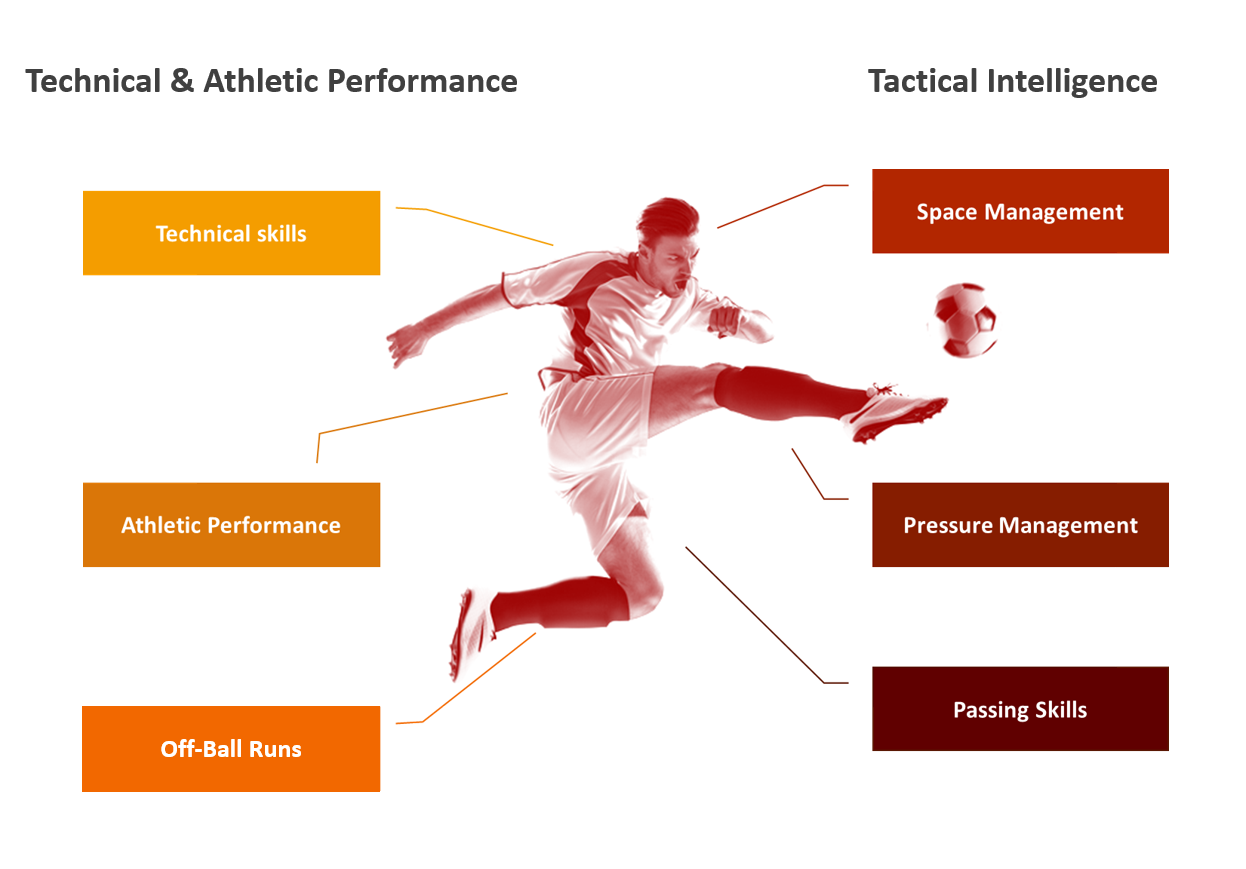
08 May Hearing the Full Orchestra: Why a 360° View Is Essential for Dominating Sports Data
Imagine listening to a symphony orchestra… but hearing only the first violin.
Sure, it would still be music. It might even sound beautiful.
But without the depth of the horns, the rhythm of the percussion, and the harmony of the strings, you would miss the full power, complexity, and intelligence of the composition.
This is the difference between partial analytics tools and a truly 360° approach like ours.
In the world of data-driven sports, having a complete perspective is not a luxury — it is a necessity.
To make truly informed decisions, you need to start from the global picture — to understand the full ecosystem — and only then zoom into the details.
Only this way can you uncover patterns that remain invisible when focusing solely on isolated data segments or individual KPIs.
Many existing tools offer “slices” of information: attractive snapshots that only tell part of the story.
It’s like judging a player by their number of goals scored without knowing how many chances they had — or how they contributed to the team’s overall dynamics.
Our approach is different:
We believe that every data point must be interpreted in context, woven together with others to build a complete narrative.
It’s from this comprehensive, interconnected vision that sharper insights emerge, leading to better strategies and ultimately superior performance.
Enriching the Vision: Tracking Data, Event Data, and Data Fusion
Our 360° perspective is made possible by the integration of two key data sources:
- Tracking data, which continuously captures the real-time movements of all players and the ball across the entire match.
- Event data, which records specific actions — passes, shots, duels, fouls — tied directly to the ball.
While event data offers important information, it represents only a partial view — focusing only on what happens on or around the ball.
Tracking data, on the other hand, reveals the invisible game: off-ball movement, defensive compactness, positional play.
We combine these two layers seamlessly through our proprietary technology, Data Fusion, which automatically synchronizes tracking and event data, ensuring perfect alignment and maximum reliability.
This fusion allows us to move beyond fragmented data points and reconstruct the full match dynamics with depth and accuracy.

360° Means Comprehensive: Technical, Tactical, Physical, and Mental Insights
Our 360° approach covers every key performance dimension:
- Technical: How actions are executed — passing precision, ball control, shooting technique.
- Tactical: How teams organize, create space, press, defend, and shift structures.
- Physical/Athletic: Player workloads, distance covered, sprint intensity, positional efficiency.
- Intelligence/Mental: Decision-making, anticipation, awareness, adaptability.
Without viewing all these layers together, no analysis can truly reflect the complexity of modern sports.
CONCLUSION
In today’s high-performance world, relying on limited, fragmented data is like hearing just one instrument in an orchestra.
Only by capturing and interpreting the full symphony — through a 360° perspective — can clubs, coaches, and analysts truly lead the game, instead of merely reacting to it.
Listening to the full orchestra — not just a single violin — is the real key to transforming data into competitive advantage.
